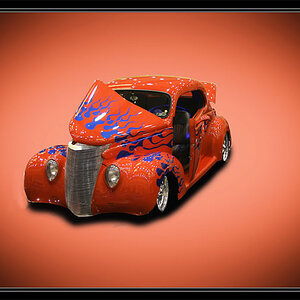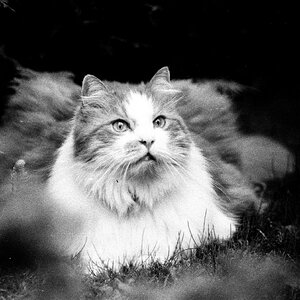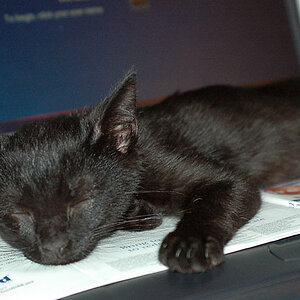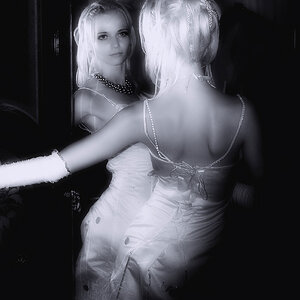Drew1992
TPF Noob!
- Joined
- Mar 27, 2011
- Messages
- 71
- Reaction score
- 2
- Location
- Montana
- Can others edit my Photos
- Photos NOT OK to edit
I purchased the Spyder 3 Elite to calibrate my laptop and an LCD Screen that I am attempting to use for my editing purposes. I used the "Studio Match" feature via Spyder 3 and after calibrating and re-callibrating a few times, I still can't quite get an exact match. Is this normal? Any suggestions? What have you experienced? How did you get an exact match? I want to edit asap and I'm hesitant about editing with the LCD screen when the color is just a tiny bit off. Suggestions anyone? Thanks!
By the way, you may have seen my previous post about calibration and which hardware/software to buy. I posted a new thread to be more specific about my current issues/questions regarding calibration. Sorry for any confusion!
By the way, you may have seen my previous post about calibration and which hardware/software to buy. I posted a new thread to be more specific about my current issues/questions regarding calibration. Sorry for any confusion!







![[No title]](/data/xfmg/thumbnail/34/34115-73b827c6a6db1413dcead11e4caaae69.jpg?1619736285)
![[No title]](/data/xfmg/thumbnail/38/38263-ad5e4c9e677626ddb5b1e7cdf9ebe40e.jpg?1619738548)
![[No title]](/data/xfmg/thumbnail/37/37929-d9f744e40945eb18b68bb10eb79dbbbc.jpg?1619738401)
![[No title]](/data/xfmg/thumbnail/34/34114-dd12be026979ccd4182c5f478bd91448.jpg?1619736284)


![[No title]](/data/xfmg/thumbnail/38/38262-10a9668da9a2b36a92cddde57caf87bc.jpg?1619738547)